First Financial Insights
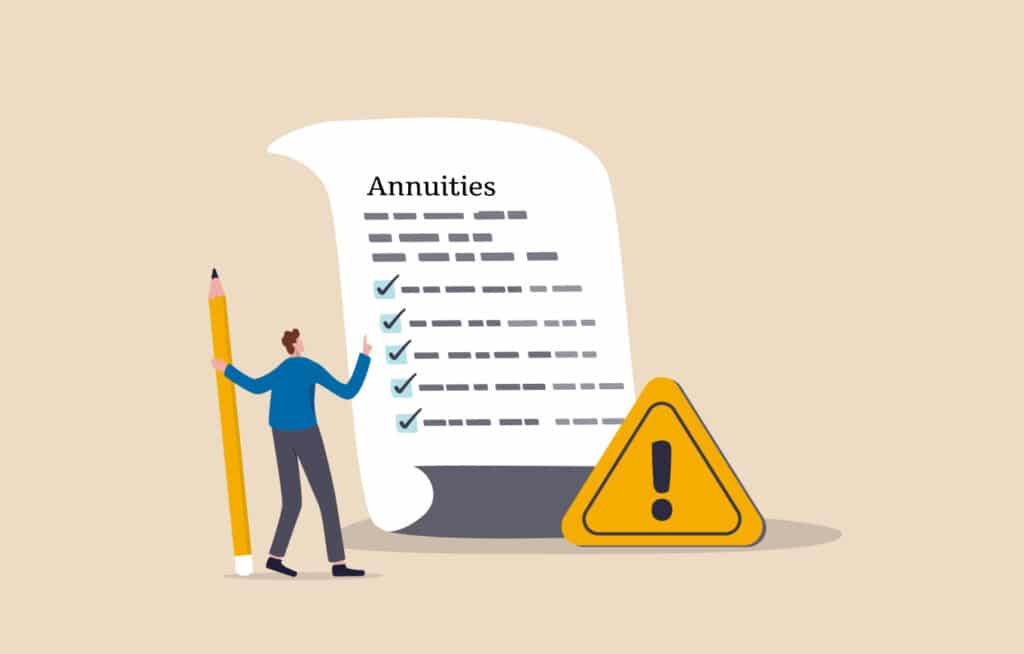
Dangers of Annuities in Retirement
Embarking on the journey of retirement requires a thoughtful approach, and understanding the role of annuities in retirement is paramount. As the financial landscape evolves,

Economic Commentary – Is The Economy Booming?
Economic reports coming in are good, and most media outlets have concluded that this is great news. Those conclusions may be premature; the more logical
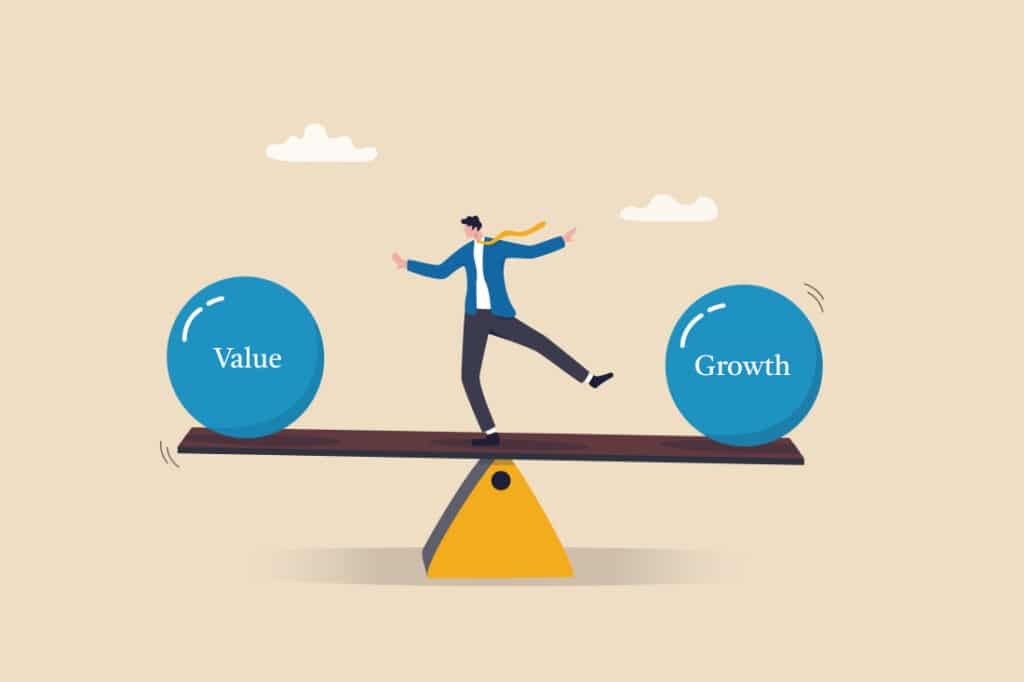
Value Investing vs Growth Investing: What Makes Them Distinct?
There’s no “right” or “correct” way to invest. Your objectives, needs, and personally defined level of acceptable risk all inform individual investment strategies. Value investing
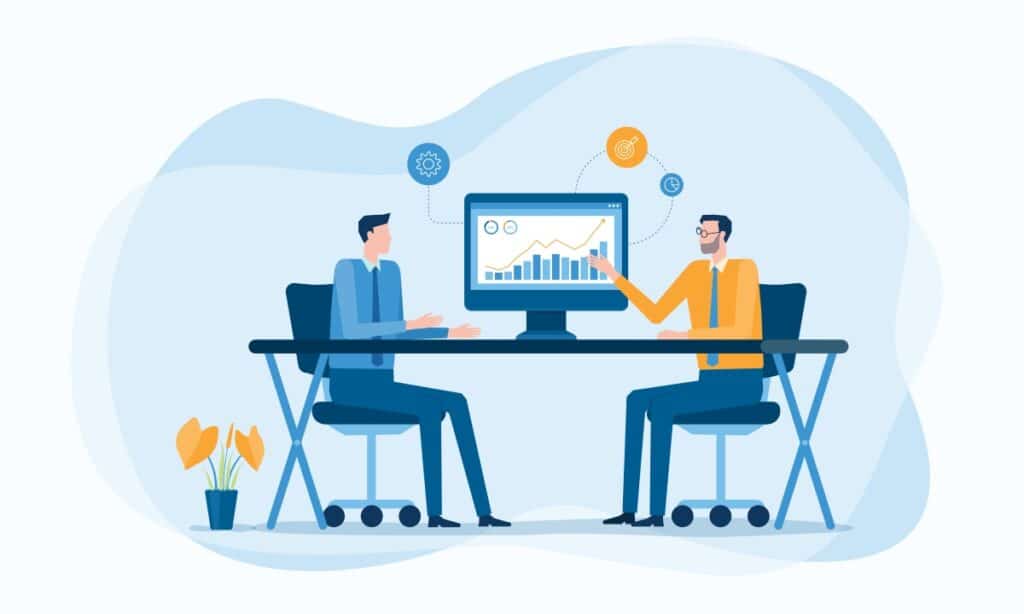
What is a Fiduciary Financial Advisor? The Ultimate Guide
The world of financial planning can be confusing, and it’s crucial to seek a professional who can help guide you toward financial success. But who
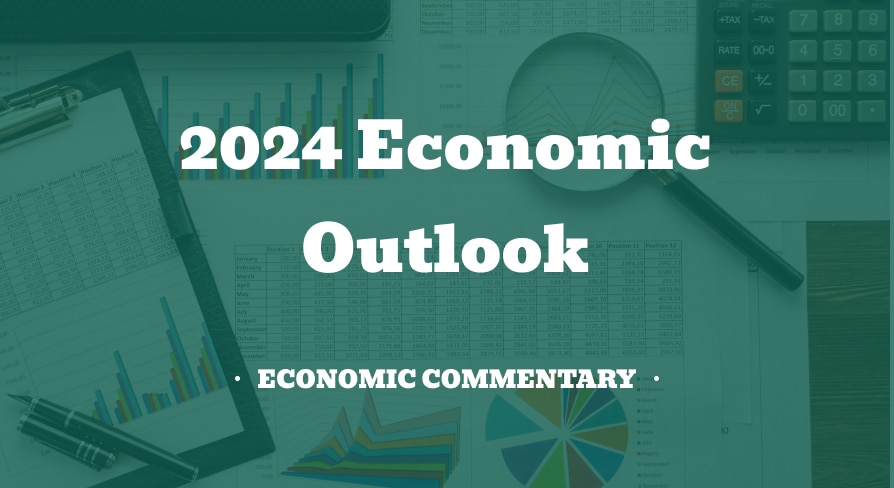
Economic Commentary – 2024 Economic Outlook
We closed 2023 and entered 2024 with a market rally, newly born confidence that the inflation battle won’t lead us into a recession, and relief
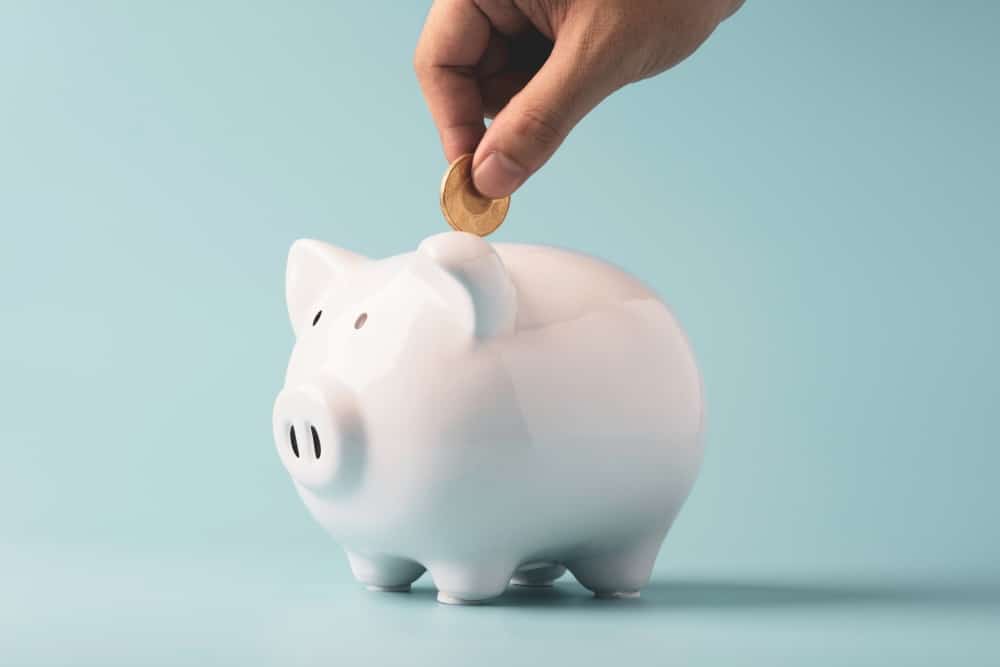
How to Prepare for a Recession
A recession is a period of economic downturn that can affect governments, businesses, and individuals. Recessions often include higher unemployment, stagnant wage growth, and reduced
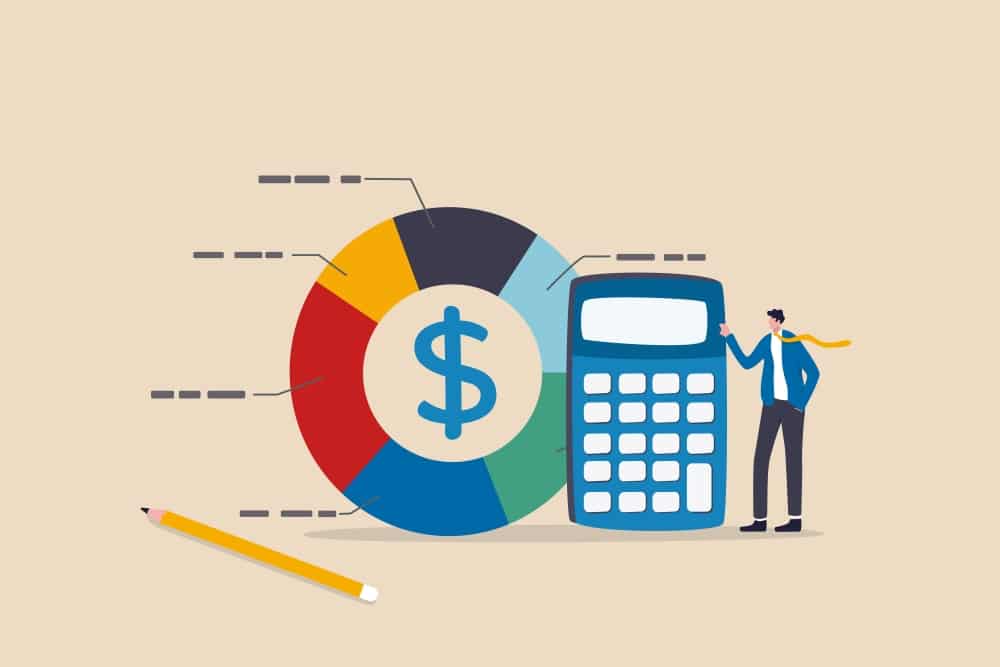
High-Net-Worth Financial Planning
High Net Worth Financial Planning: What Does It Look Like? It’s a simple statement, but it’s true: Financial planning is an important consideration for just

How to Deal with Inflation in Retirement
Inflation, the general increase in the price of goods and services, has multifaceted effects on retirees. While localized price fluctuations occur due to changes in

Economic Commentary – The Future and Beyond
There is a lot of doom and gloom in the air, but there is a significant amount of very positive news to consider as we

7 Retirement Planning Mistakes to Avoid
Retirement planning is crucial for building and funding the type of life you want to live after exiting the workforce. By making effective investments, addressing
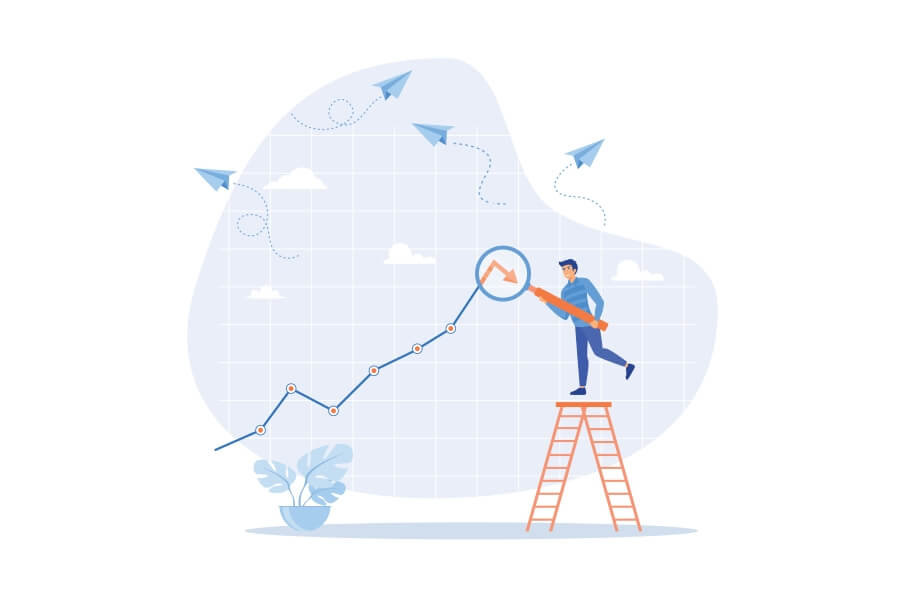
What is a Recession, Exactly?
Recessions are an unfortunate fact of life. These economic downturns happen occasionally, and the broad economic factors that cause them are outside of any single

Fiduciary vs Financial Advisor: An In-Depth Comparison
Understanding the difference between a financial advisor and a fiduciary is critical to your financial success. If you need a financial professional for advice, you
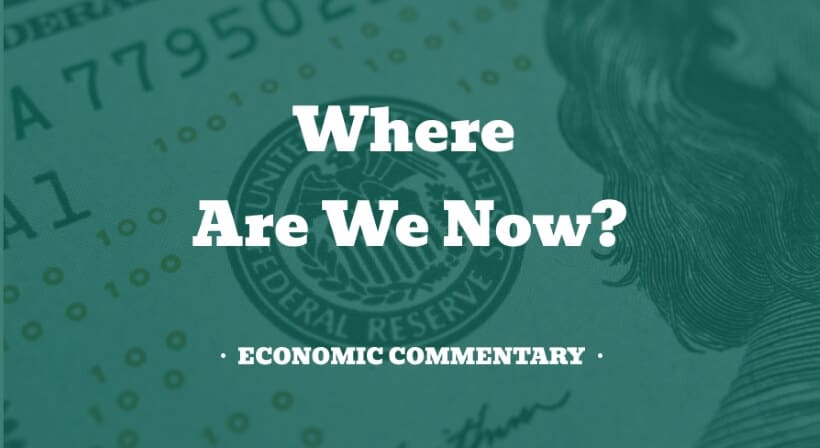
Economic Commentary – Where Are We Now
Thus far, 2023 has been a confusing year. Certainly, the geopolitical landscape has been difficult, but overlaid on those headlines are alternating reports of a
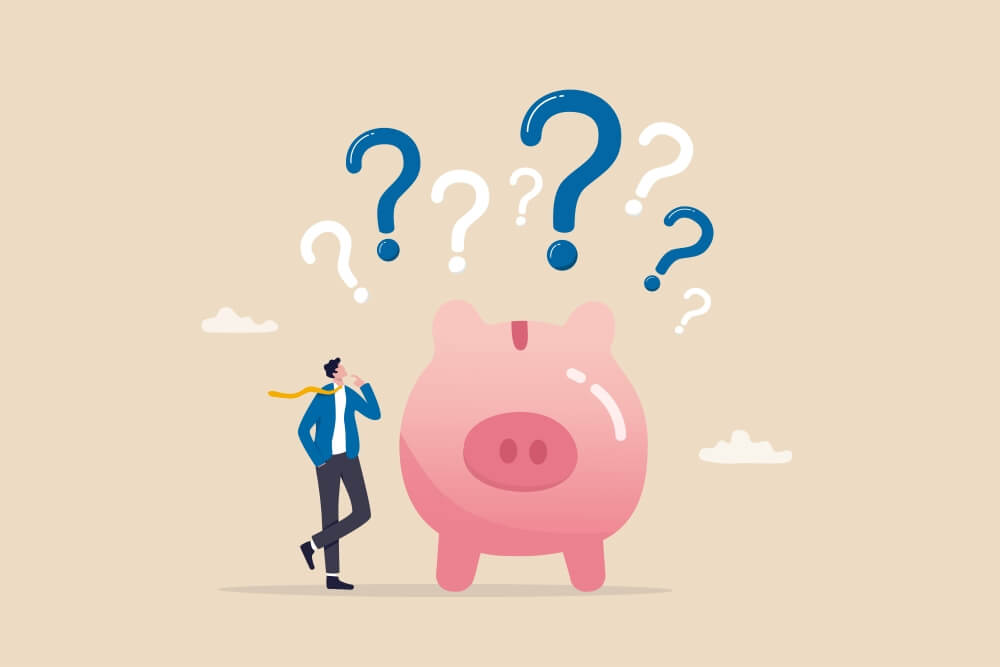
How to Manage Sudden Wealth (7 Steps)
Sudden wealth is a blessing to many, but sadly it becomes a burden for too many people and has actually ruined lives. You would think

20 Questions to Ask a Financial Advisor in First Meeting
Working with a financial advisor is a crucial part of achieving financial security. A good financial advisor will help you effectively manage your money. They

Retirement Income in a Down Market
Whenever the stock market takes a dive or seems to be stalled after a dive, the sharks come out, offering various retirement income solutions. These

Economic Commentary – How Fragile Are The Banks
The failure of Silicon Valley Bank and the simultaneous troubles afflicting First Republic Bank and now Credit Suisse can’t help but call into question the
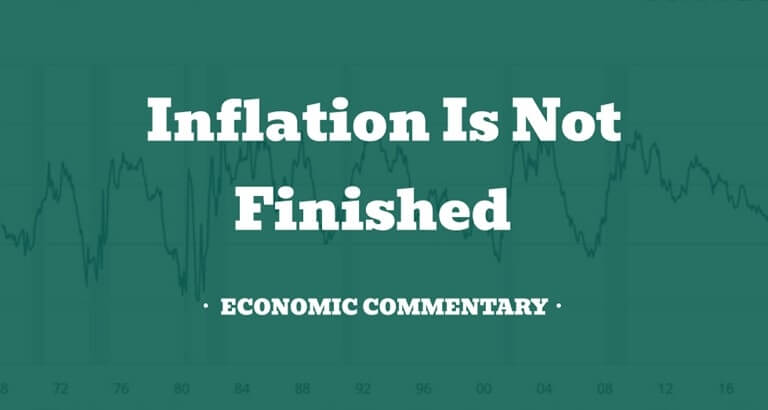
Economic Commentary – Inflation Is Not Finished
Hope springs eternal, as they say, and many in the media are pushing the narrative that inflation has been vanquished – or is at least
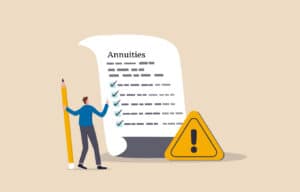
Dangers of Annuities in Retirement
Embarking on the journey of retirement requires a thoughtful approach, and understanding the role of annuities in retirement is paramount. As the financial landscape evolves,

Economic Commentary – Is The Economy Booming?
Economic reports coming in are good, and most media outlets have concluded that this is great news. Those conclusions may be premature; the more logical
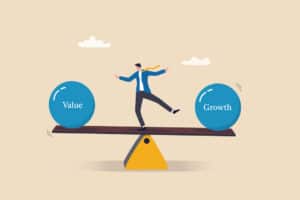
Value Investing vs Growth Investing: What Makes Them Distinct?
There’s no “right” or “correct” way to invest. Your objectives, needs, and personally defined level of acceptable risk all inform individual investment strategies. Value investing

What is a Fiduciary Financial Advisor? The Ultimate Guide
The world of financial planning can be confusing, and it’s crucial to seek a professional who can help guide you toward financial success. But who

Economic Commentary – 2024 Economic Outlook
We closed 2023 and entered 2024 with a market rally, newly born confidence that the inflation battle won’t lead us into a recession, and relief

How to Prepare for a Recession
A recession is a period of economic downturn that can affect governments, businesses, and individuals. Recessions often include higher unemployment, stagnant wage growth, and reduced
